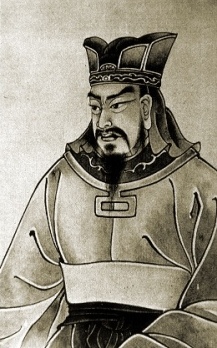
Sacred Texts Taoism Confucianism
Buy this Book at Amazon.com


|
The Art of Wartr. by Lionel Giles[1910] |
If you know neither the enemy nor yourself, you will succumb in every battle.--p. 25, II:18.
Anger may in time change to gladness;
Vexation may be succeeded by content.
But a kingdom that has once been destroyed
Can never come again into being;
Nor can the dead ever be brought back to life.
Hence the enlightened ruler is heedful,
And the good general full of caution.
This is the way to keep a country at peace and an army intact.
--p. 159, XII:20-22.
Attributed to the legendary Chinese general, Sun Tzu, the Art of War also has a strong spiritual component. The work blends Taoism with the art of statecraft, applying concepts such as 'doing without doing' to the battlefield. Traditionally written during the Spring and Autumn period (722-481 BCE), others date it, based on historical and internal evidence, to the Warring States Period (403-221 BCE). Sun Tzu is traditionally identified with an historical figure who lived from 544-496 BCE, a general of the King of Wu. Since it first came to the attention of Westerners in the 19th century, the Art of War has influenced leaders from Napoleon to Norman Schwarzkopf. Mao tse Tung attributed it as a source of his thinking on guerilla warfare. The work is considered a masterpiece of military theory.
Production notes: This is the classic Giles translation of the work, scanned from a reprint of the first edition. The Chinese text of the book is displayed using image files. Other Chinese text in the work is indicated by a hash sign (#). The Chinese concordance is omitted, but all of the rest of the book is presented intact. John Bruno Hare, October 12, 2008.
I. Laying Plans.